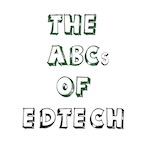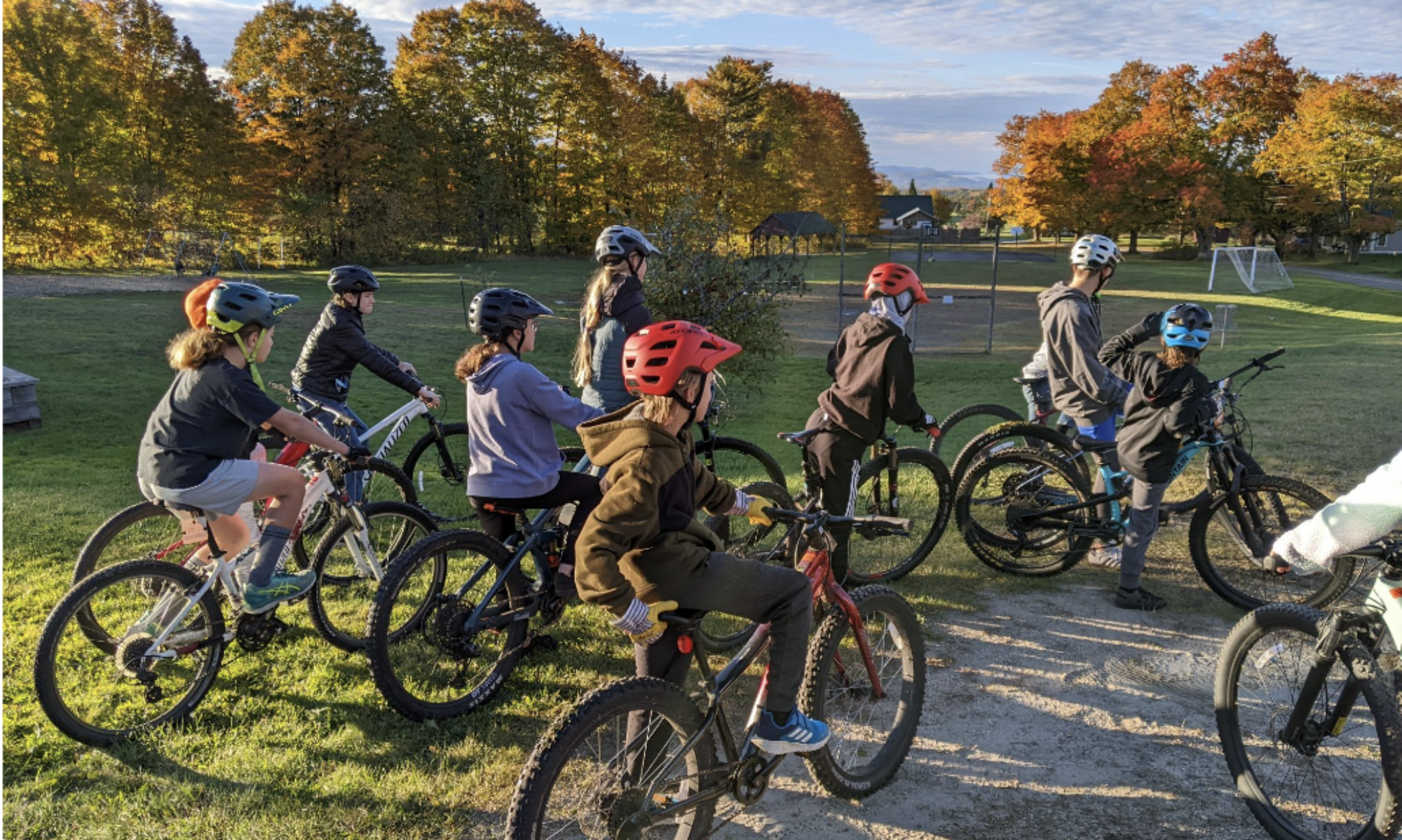 Just-in-time learning in its best form is “Just for me” learning. When you learn something because you yearn to understand it, precisely when you need to apply it, you will learn it deeply and joyfully. Your brain will soak it up because your heart is in it.
Just-in-time learning in its best form is “Just for me” learning. When you learn something because you yearn to understand it, precisely when you need to apply it, you will learn it deeply and joyfully. Your brain will soak it up because your heart is in it.
Now, how does that translate to providing just-in-time-teaching?
Formative assessment informs timely teaching
If you Google “just in time learning,” you will be directed to the “Just in Time Teaching” (JiTT) movement in higher education that is widely touted as revolutionary. From what I gather from the Vanderbilt University Center for Teaching description of JiTT, as well as the extensive Wikipedia entry on JiTT, this innovation boils down to students submitting assignments to professors before class so that they can analyze student results to (gasp!) modify their lectures and classroom activities.
It basically appears to be formative assessment with a flipped classroom twist.
Of course, getting a read on student learning in order to guide teaching has been a hallmark of good instruction in K-12 circles for quite some time. You can find myriad lists of apps and websites that support formative assessment (see for example recent lists by Edutopia and edSurge).
Technology allows improvements on the time tested practices of quizzes (see Quizlet) and in-the-moment check-ins (see Kahoot), along with new approaches to assessment such as backchanneling (live chatting during class, see Chatzy or Today’s Meet) or embedding assessment in videos (see EdPuzzle or Zaption).
Which leads to: compelling problems motivate timely learning
Last week my daughter locked the bathroom door, exited, and shut it behind her. After watching a few YouTube videos, I’m confident that I can now pick a bathroom door lock of any variety.
That sounds creepier than I intended.
The point is that I was a focused learner because I was seeking information to solve an immediate problem.
Technology provides learners with on-demand resources and tutorials to solve problems. This allows the teacher’s role to shift away from providing answers towards one of creating an environment full of compelling problems that motivate students to seek out just-in-time learning:
- Project based learning has long been recognized for its track record in motivating students;
- Gamification uses technology to pose problems in a fun way and provide continuous feedback;
- The creative activities at Desmos are great examples of ingenious use of technology to draw students into problems where they feel like they are playing even while they seek to discover and apply mathematical ideas.
Professional development that doesn’t waste time
Professional development should be first and foremost responsive to educators’ needs. I have lived by that principle but I didn’t fully grasp its importance until I experienced the 2015 Middle Grades Institute, This five-day immersive experience for middle level educators brought to bear a faculty comprised of higher education professors, expert practitioners, and students. The session schedule reflects a wide range of topics related to personalized learning, from negotiated curriculum to the nuts and bolts of rolling out 1:1 devices.
What may not be apparent is that there were almost no sessions scheduled before the conference began. Participants worked in school-based teams during the first two days to plan ambitious initiatives and make requests from the faculty, who then developed sessions catered to their needs.
The EdCamp un-conference movement utilizes a similar just-in-time professional development approach driven entirely by participants, with no recognized faculty. I highly recommend attending an EdCamp, or better yet hosting one.
 JITL is essential to life-long learning, particularly as graduation proficiencies emphasize collaboration, community service and engagement, and authentic problem-solving.
JITL is essential to life-long learning, particularly as graduation proficiencies emphasize collaboration, community service and engagement, and authentic problem-solving.
I suspect that EdCamp, like the Middle Grades Institute, is powerful due to a simple commitment to providing participants exactly what they need in order to make progress toward their goals, precisely when they need it. We need to strive to create classrooms that do the same thing for students. It’s about time.


J is for just-in-time learning http://t.co/STLthL94GY
J is for just-in-time learning http://t.co/WK5EUz7EzG
J is for just-in-time learning http://t.co/a8GF5zsVN1
RT @innovativeEd: J is for just-in-time learning http://t.co/STLthL94GY